Landscaping
-
Tree Stumps & Stump Grinding Pasadena
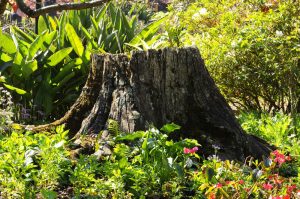
Stump Removal After cutting an undesired tree down, a homeowner is left with a sturdy stump. What does one do to remove it? It’s obvious you can’t just leave it there. The stump comes with a lot of concern about what to do next. Are you supposed to leave it untouched in your yard, or kill it with the rest of your tree in one fell swoop? What about Stump Grinding Pasadena— how does it work? Keep reading for answers to common questions about why and how to manage a tree stump.
Reasons to Remove or Keep a Tree Stump In Ground
Can’t decide whether to keep the stump or throw it out for good? We always recommend stump grinding. An old tree stump may not cause problems at first, but the more you let it hang around, the more annoyance it can become. Old stumps can get in the way of mowing your yard or your desire to plant new trees or bushes, or they can be a threat to you and your neighbors. Besides, they make it hard to grow a new tree when you’re done.
Is it okay to leave a tree stump in the ground? Do they attract termites?
Shortly after you cut your tree down, the stumps begin a very slow process of decay. And indeed, over time, a rotting stump becomes a trap for domestic pests such as termites or carpenter ants. So, while you may choose to leave the stump and let it rot, the critters that come along in the process may spread to other plants and trees in your yard, or even invade your house. The best way to avoid these pest problems is to grind the stump.
Why else do I have to get rid of a tree stump?
Creepy critters are not the only reason to kill a tree stump. You should consider letting your stump go, too, because a decaying stump isn’t that pretty. It can throw off the whole look of your yard and even affect your property value. The spot where the stump lies is off-limits as you mow your lawn, and the stump or roots could ruin your mower if you accidentally roll over them. Also, planting new trees nearby is a no-go as long as the stump and roots are in the way.
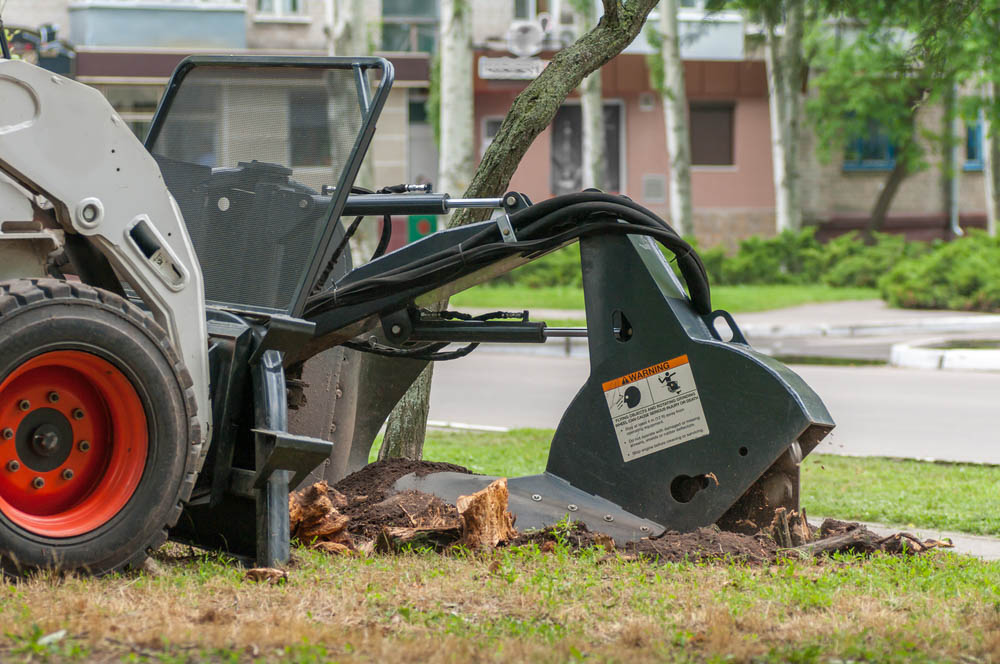
Stump Grinding Is it safer to remove or grind your stump?
Stump grinding and stump removal come with pros and cons. Choosing the direction that is right for you depends mostly on the future plans that you have for your landscape.
The process of removing the stump is the most invasive of the two. This includes erecting a thick tree stump and then cutting out all the deep roots of the tree. As you can imagine, it takes a lot of time, elbow grease, and heavy equipment to get the job done What are the benefits? Upon extracting the stub, you’re left with a clean slate free to any new ideas you have for your garden. What’s not so cool is that the removal of the stump leaves behind a large hole that can be an eyesore until it’s filled.
Stump grinding is a lot less complicated than that. In this case, arborists are using a tool to completely crush the stump down into small wood chips. Grinding is much more successful than removing the stem, but it leaves behind the roots of the tree. If the stump is large, the chip pile produced may also be very huge, but the chips can be used as a mulch for other plants in your landscape.
What’s going to happen to the roots after grinding?
While stump grinding takes care of the obvious remains of the bark, the roots of the old tree are still deep, sometimes 4, 8 or 12 feet away from where the stump sits. Such roots will eventually rot after grinding, but this is a long process. It may take more than 10 years for the roots to break down entirely.
If you’re not sure if it’s safe for you to cut stump or chip, a professional arborist will assist like Tree Services Pasadena. Please contact your local office for stump removal or stump grinding advice.
-
Mulch and Landscaping
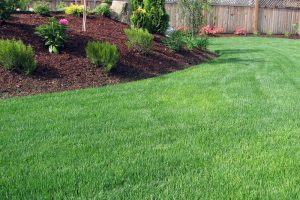
Mulch Mulching errors while gardening can stop your soil from receiving benefits such as moisture preservation, weed suppression, erosion reduction, and water runoff reduction. Landscape architects and experts have given their best tips to make the most of your yard’s mulch.
Use it as a focus.
Mulching can help to create safe lawns but has an aesthetic appeal as well. Use painted mulch in the brick, stone, stucco, and siding to match your home’s exterior colors. Brownish to red pine mulch, for example, goes well with brick houses. You can contrast with flowers using a dark mulch to improve your landscape design. Mulch can also be used to improve the design and atmosphere of your landscape.
Look at the whole landscape.
Many homes have large mulch areas and a few shrubs around their yard poking about. It’s best to plan your landscapes so that all the soil is covered by your shrubs and the vegetative cover is complete. Then add mulch to them for moisture control.
Clean it up.
Replace some of the old mulch when you re-mulch a garden. Mulch has sometimes been applied three or four times to the gardens, and he suggests removing some of the mulch that has been built up over time.
Adjust the thickness.
When you hit an edge like asphalt, stepping stone, or tree trunk, thin it out. Finding a heap of mulch next to a tree trunk is no benefit. You do want to taper it downwards.
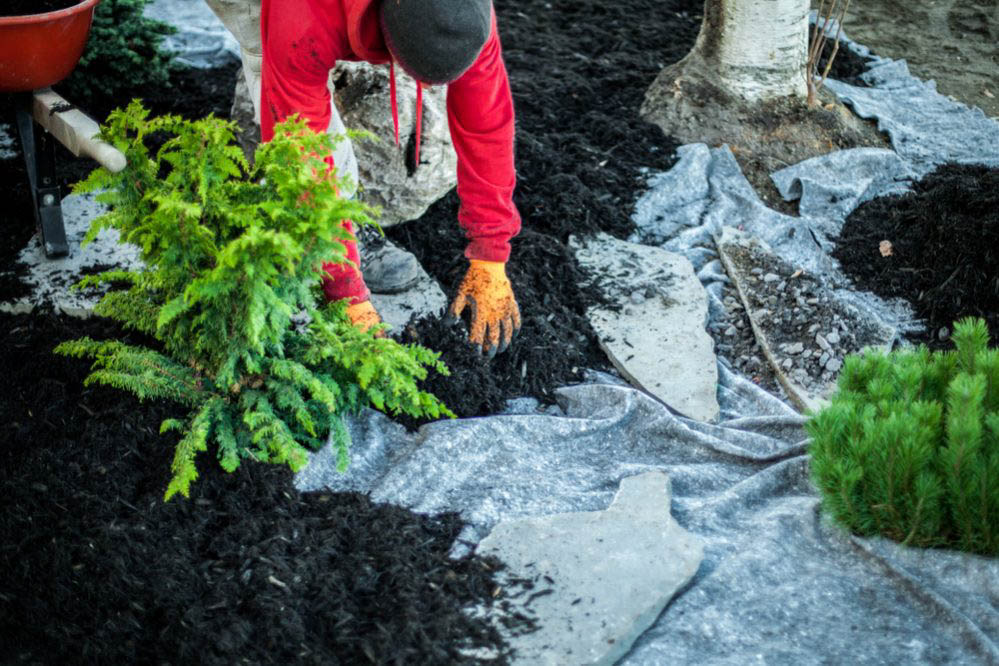
Tacoma Landscapings Experiment with a different mulch.
There are a variety of textures, beginning with choices like pine straw and hardwood bark shredded. If you’re looking for a new look and need to refresh your mulch, consider options like cocoa bean shells, nut hulls, ground-up salvaged palettes, and even seaweed.
Don’t forget the bare dirt.
Researchers find that mulching has significant environmental benefits. It will cause erosion and sediment runoff if you have bare soil on your property. Mulching may contribute to erosion control. Interestingly, bare soil loses about five times as much sediment as mulch-covered soils.
Don’t use too much mulch or too little.
For gardens, approximately 3 inches of mulch and mulching twice a year is recommended. Mulching with the right amount every time helps to fend off weeds and retain moisture, increasing the need for irrigation. If you are using pea gravel mulch or inorganic mulch, one exception. It’s just so easy. All you need is just 2 inches. If you have a bed of herbaceous plants that might be too small for 3 inches of mulch, another factor.
Don’t forget the trees you have.
To protect the trunk, place mulch around the base, particularly if you have younger trees. Mulch rings create a defensive area to keep mowers away and reduce risks from other crops.
Don’t believe you’re in need of something below.
Many people may want to use plastic or geotextiles, like landscape cloth, to distinguish many mulches from the ground like inorganic stone mulch. There is a misconception that black plastic is going to keep down weeds. But adding a plastic or landscape fabric layer can cause more water runoff and prevent a clean, streamlined look from your garden.
If you use a natural mulch like shredded hardwood bark to break down, stop landscape fabric because you want the mulch to be in contact with the soil to enhance it. Plastic or landscape fabric has the ability to stop water and rain from entering the soil, and may actually increase runoff. Weeds may also develop into the fabric of the landscape, she adds.
If the mulch moves around or is replaced, it could show through the plastic or landscape fabric. It looks hideous when you’re exposed under the mulch to plastic or landscape material.
Use Quality Mulch
The biggest pitfall is from an unreliable source getting your mulch. Mulch could be shipped with noxious weed seeds in it, for instance, because it was stored next to a weed field. You will end up paying for it in the long run.
-
Landscape Maintenance
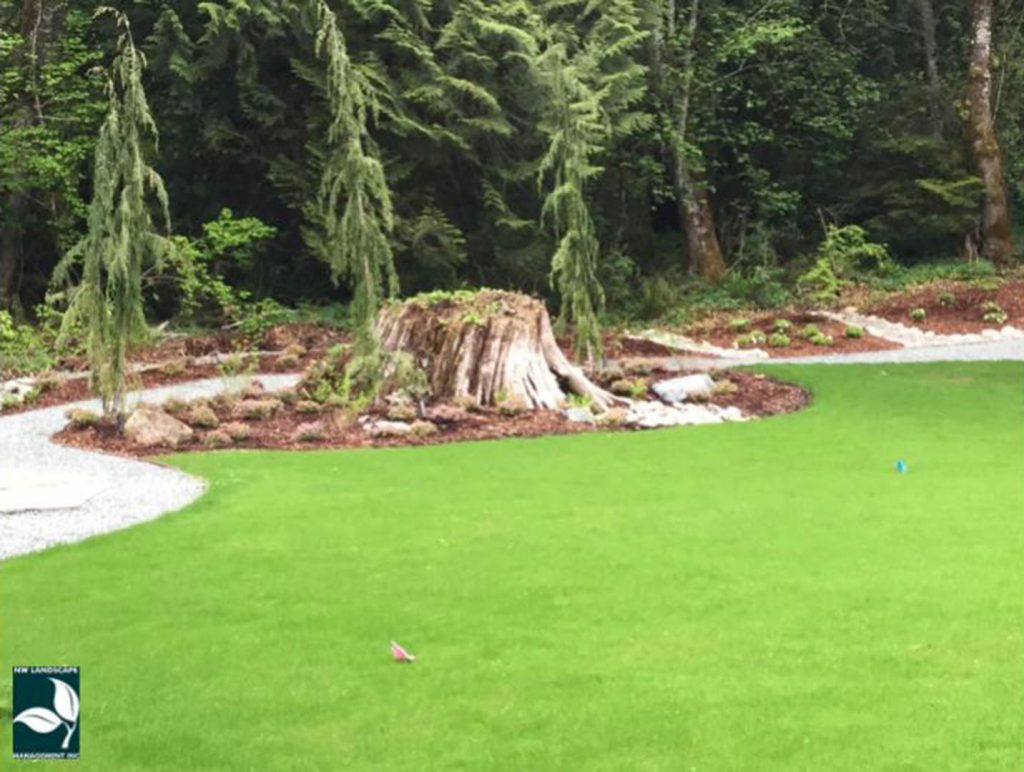
Landscape Summer is reaching an end… Truly it is nearly the end of August, September can be hot with some cool spells, and October is the place we will get some virus fronts to chill things off. So summer is practically OVER!!! This is a great time of the year and a great time to handle your Landscape Maintenance. The weather becomes more manageable toward the end of October for sure.
As this cooling period occurs, a more extensive choice of sprouting annuals become accessible. Here is a speedy summary of certain choices for our region.
September – October:
Petunias are the most well-known yearly in the United States. In northern atmospheres, Petunias are planted in spring and perform into the fall. In our atmosphere, they are best planted in late summer and their presentation stretches well into spring. Petunias have a wide scope of hues and development propensities.
On the off chance that you are searching for tallness or a lovely scenery in your beds, Snapdragons are your best decision for cool-climate shading. Snapdragons come in many develop statues, some as tall as three feet! They sprout in burns from fall through spring. Snapdragons have ostentatious blossom groups at the highest points of the plant.
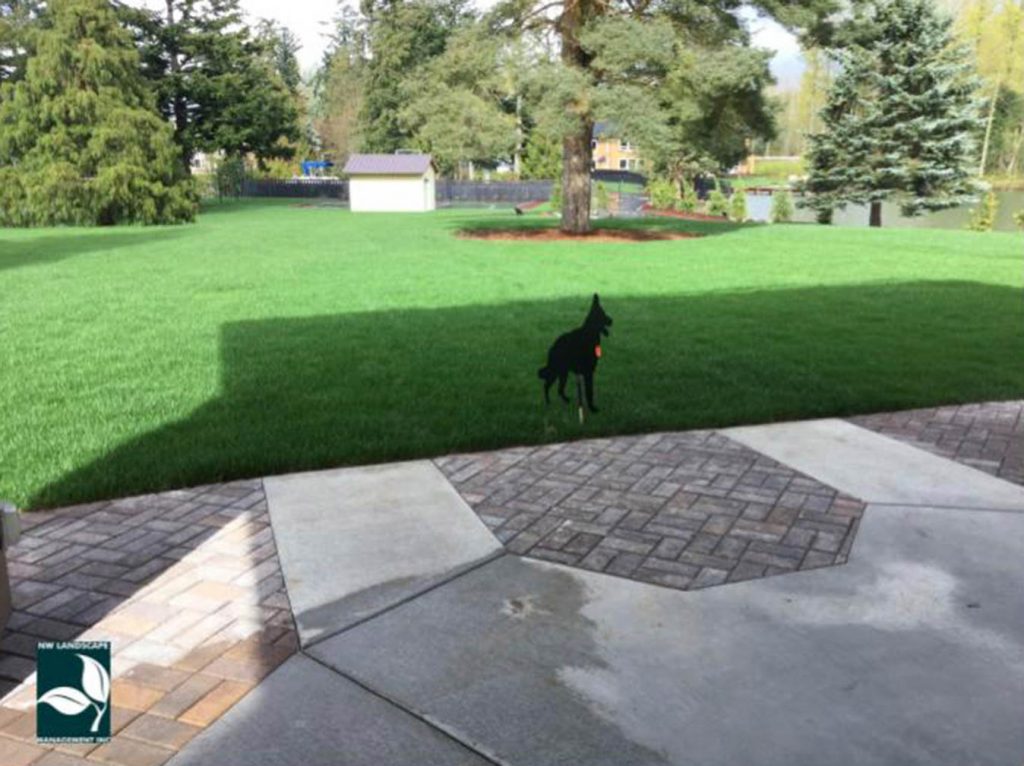
Landscape Nursery Mums are constantly a top pick! They detonate in the fall with little daisy blossoms that help all to remember us of our youth. The hues help us to remember fall – Reds, Yellows, Bronzes, and even a few pinks!
Dianthus is an “old-style” blossom that utilization to be alluded to as Pinks. Dianthus is a bunching plant that, similar to Snapdragons, sprout in cycles on the highest point of the plant. The Amazon arrangement was named a Louisiana Super Plant in 2010.
Crossandra is a late spring yearly that will blossom right through fall. Their particular orange blossom spike will hang out in any scene bed, alongside their lustrous green foliage.
October – November:
Pansies and Violas are two adaptations of a similar plant. Pansies are Violas with enormous sprouts. The two of them arrive in a variety of hues with changing distinctive highlights. Violas, otherwise called Johnny Jump Ups, may have littler blossoms however the measure of blooms each plant produces is extraordinary!
Elaborate Cabbage and Kale are cool-climate annuals that are known for their enormous “heads” shaped by their leaves. They become beautiful as they develop; shading decisions go from white, pink and purple.
You can’t turn out badly with any of the above plants for shading in your scene from late-summer into spring. Remember to do the basis for your plants. Better soil develops better plants!